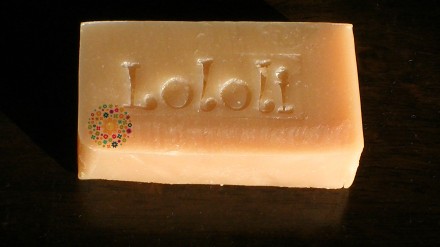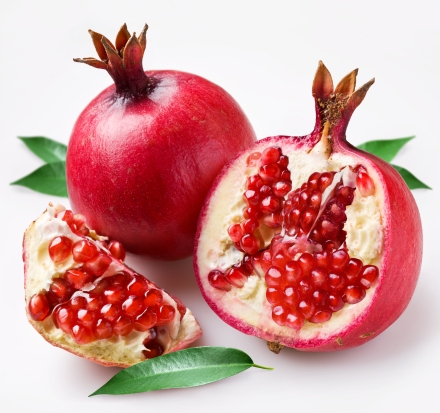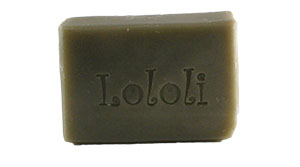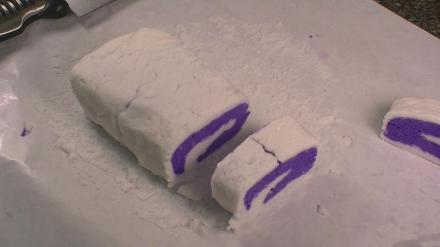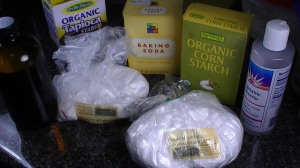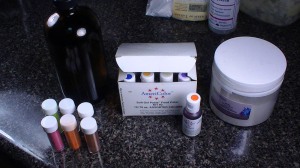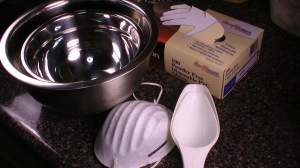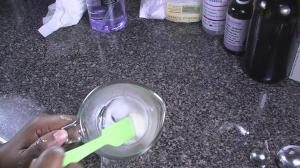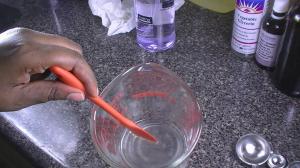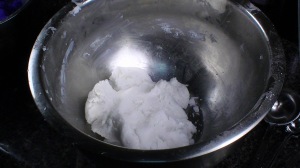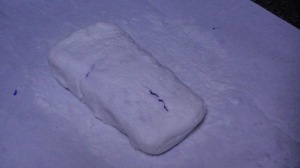We want to wish you a very happy and blessed New Year. May we all have the strength to get through whatever comes our way in 2015.
Natural Soap
A brief history of soap
Please visit http://www.lololicosmetics.com to sign up for our newsletter (at the bottom of the page) to receive information on discounts and giveaways!
A brief history of soap
The word “Soap” is derived from the Celtic word “Saipo”. Soap has been in use for several thousand years; although, not necessarily accessible to the common person. There is evidence that early civilizations, such as Phoenician and Roman, made soap but for industrial and medical purposes, not for cleansing the body. For instance the Romans applied oil to the skin and used a strigil to scrape the skin down to remove dirt.
It’s believed that early soap makers used animal fats and ashes to produce soap. They combined ashes, most likely plant or wood ashes, with water and added a fat to the solution. This mixture was then boiled, with ashes being repeatedly added, as the saponification process took place. During the Middle Ages slaked lime was used to causticize the alkali carbonate thereby making it easier to saponify neutral fats.
In England, early soap makers had to pay a high tax on all the soap that they produced. This tax was as high as three pence per pound. Tax collectors placed special lids on boiling pans that could be locked at night so that soap could not be made in secret. The state final abolished this tax in 1853.
What is soap anyway?
Soap is defined as an alkali salt of fatty acids, which when it is dissolved in water has the ability to remove dirt from surfaces. The soap molecules contain a water-insoluble part (hydrophobic) or fatty acid or long chain carbon group. This part attaches itself to the surface and to dirt. It also has a water-soluble part (hydrophilic) that attaches itself to water. The process of cleaning a surface begins with first wetting the soiled surface. Soap can aid in this by decreasing the surface tension of water. A layer of soap is absorbed at the boundary of the surface and water, and the soil and water. Often there is a thin layer of oil that adheres dirt to a surface. Soap aided by warm water and agitation, will break up dirt and this oily layer, if present, and disperse the dirt into the wash water. The soap will then form a colloid that will prevent the dirt from re-depositing on the surface so that the dirt can be rinsed away in wash water.
Ingredient of the Month: Vitamin E
Vitamin E
Vitamin E was first recognized in 1922, obtained in pure form in 1936 and finally chemically identified in 1938. It is a fat soluble compound found in certain plants and in the leaves of certain vegetables (such as spinach and broccoli). There are also several similar compounds that are classified as tocopherols.
Vitamin E is an antioxidant, which means that it prohibits oxidation of body tissue by peroxides and free radicals. It may prolong the active life span of biological membranes by slowing the rate of oxidation. It is use commercially to prevent fats, including vegetable oil, from going rancid.
You can find Vitamin E in our new Vitamin E soap that also contains Apricot Kernel Oil, Olive Oil, Coconut Oil, and of course Shea Butter. This soap will be available July 20, 2014.
Ingredient of the Month: Pomegranate Oil
Pomegranates, botanical name Punica Granatum, are said to have their origins in Iran, and have been cultivated since antiquity. Punica granatum is a fruit bearing deciduous tree or shrub. These shrubs can now be found in Middle East, Northern Africa, the Mediterranean, Central Asia and the Caucasus. In 1796 Spanish settlers brought the tree to the Americas and they are now grown in Arizona and California.
The fruit is rich in Vitamin C and K and polyphenols. The seeds are a good source of fiber. The oil contains Punicic acid (65.3%), Palmitic acid (4.8%), Stearic acid (2.3%), Oleic acid (6.3%) and Linoleic acid (6.6%). The oil is said to improve elasticity in the skin and that it helps slough off old skin cells quicker. Pomegranate oil is also believed to be anti-inflammatory, soothing and moisturizing to dry and mature skin, and for people with eczema and psoriasis.
You’ll be able to find Pomegranate oil in our Pomegranate and Mango soap, which is coming soon!
Visit www.lololicosmetics.com to buy our handmade soaps.
What is Love?
Love is patient, love is kind. It does not envy, it does not boast, it is not proud. It is not rude, it is not self-seeking, it is not easily angered, it keeps no record of wrongs. Love does not delight in evil but rejoices with truth. It always protects, always trusts, always hopes, always perseveres.
Love never fails.
I Corinthians 13: 4-8
New Year’s Sale!
Lololi Cosmetics is having a New Year’s Sale! 20% off using code 20Off during checkout now through January 7, 2014. Stop by our website at http://www.lololicosmetics.com
Ingredient of the Month: French Green Clay
French Green Clay, also known as Sea Clay, is mined from quarries in France. It has a soft, silky texture and a light green color that comes from iron oxides and decomposed plant material (French Green clay should never be white or gray in color). FGC is one of the most commonly used cosmetic clays worldwide because of its effectiveness on the skin. It absorbs and removes impurities, while also stimulating the skin. When used as a mask and left on the skin it can tighten pores leaving skin feeling firm. The clay contains calcium, magnesium, manganese, potassium, silicon, selenium and other minerals.
For years French Green Clay was produced in France but due to its popularity in the cosmetics industry other areas of the world, such as China and parts of the USA, that have a similar clay also now produce “French” Green clay. FGC is produced at quarries that have been mined for deposits. These deposits can be anywhere from 100 feet to several thousand feet. The clay is then left out in the sun so that excess water can be removed. Next, the clay is processed by hydraulic crushers and then pulverized with fine mesh. It is then left out in the sun one final time to remove any excess liquid.
You can find French Green Clay in our Go Green soap at http://www.LololiCosmetics.com
Making Bubble Bars!
Please visit our website at http://www.lololicosmetics.com shop for soaps and other good stuff.
I admit it. I was bored. So I decided to make some bubble bars. They are really easy and fun to make.
The following is a simple basic bubble bar recipe, that once mastered, can be altered by additional ingredients to create a custom bubble bar.
What you will need to get started:
Dry Ingredients
1 Cup SLSA (Sodium Lauryl Sulfoacetate)
1 Cup Baking Soda
1/3 Cup Cream of Tartar
1/3 Cup Cornstarch
1 Tablespoon Tapioca Starch
Wet Ingredients
1/3 Cup Vegetable Glycerin (more maybe needed)
1 Tablespoon Moisturizing Oil
2 Teaspoons of Fragrance or Essential Oils
5-10 Drops Coloring (Food Coloring, Lab Color, La Bomb Color)
Equipment
1 Painters Mask or Medical Mask
Gloves (may need additional gloves depending on how many colors are being used)
Large Bowls (may need additional bowls depending on how many colors are being used)
Directions
Combine the SLSA, Baking Soda, Cream of Tartar, and Cornstarch in a large bowl by hand or with a wisk (it is not recommended to use an electric mixer because that can send the powder into the air). You may want to wear a mask because these ingredients are powdery and may irritate sensitive people.
Next, mix the fragrance with the Tapioca Starch and add to the other ingredients.
Add the glycerin, oil and fragrance and mix to the right consistency. The dough should clump together.
Add in the color and knead until the color is evenly dispersed.
Form the bubble bars into whatever shape you want. You can use a silicone mold, cookie cutters or just hand form.
Allow the bars to dry for at least 2 hours before cutting. After the bars have been cut continue to let them dry for a couple more hours.
Use
Crumble a 1 oz bar under running water. You may need more or less depending on bubble preference and water pressure.
You can purchase supplies at Amazon.com, EssentialDepot.com, and Brambleberry.com
Note: Please read the ingredient list carefully and do a skin patch test to avoid an allergic reaction. If a rash or skin irritation appears do not use. Consult a licensed medical physician.
Visit our website at http://www.LololiCosmetics.com to take a look at our soaps and sign up for our newsletter.
Pumpkin Seed Oil
As the weather gets colder and the leaves reflect beautiful gold and burgundy we begin to see oddly shaped fruit, often a bright orange color, creep onto store shelves. Pumpkins, native to North America, but now grown in many places around the world, have many uses. They can be made into pies or used as decorations. You can also find pumpkin products in cosmetics, everything from shampoos and conditioners to soaps and enzyme peels.
Pumpkin Seed Oil comes from the common pumpkin. Pumpkins are squash that are high in beta-carotene, antioxidants, and lecithin. Pumpkins contain an enzyme that aids in exfoliation. Pumpkins are also purported to be a mild diuretic.
Pumpkin Seed Oil is high in protein and polyunsaturated fats. It contains the acids palmitic, oleic, erucic, linoleic, linolenic, and stearic. The oil is said to fight fine lines and wrinkles while conditioning the skin.
Pumpkin Seed Oil is a key ingredient in our Go Green soap, which also includes French Green Clay and Rosemary essential oils. This soap will be available soon on http://www.LololiCosmetics.com.


